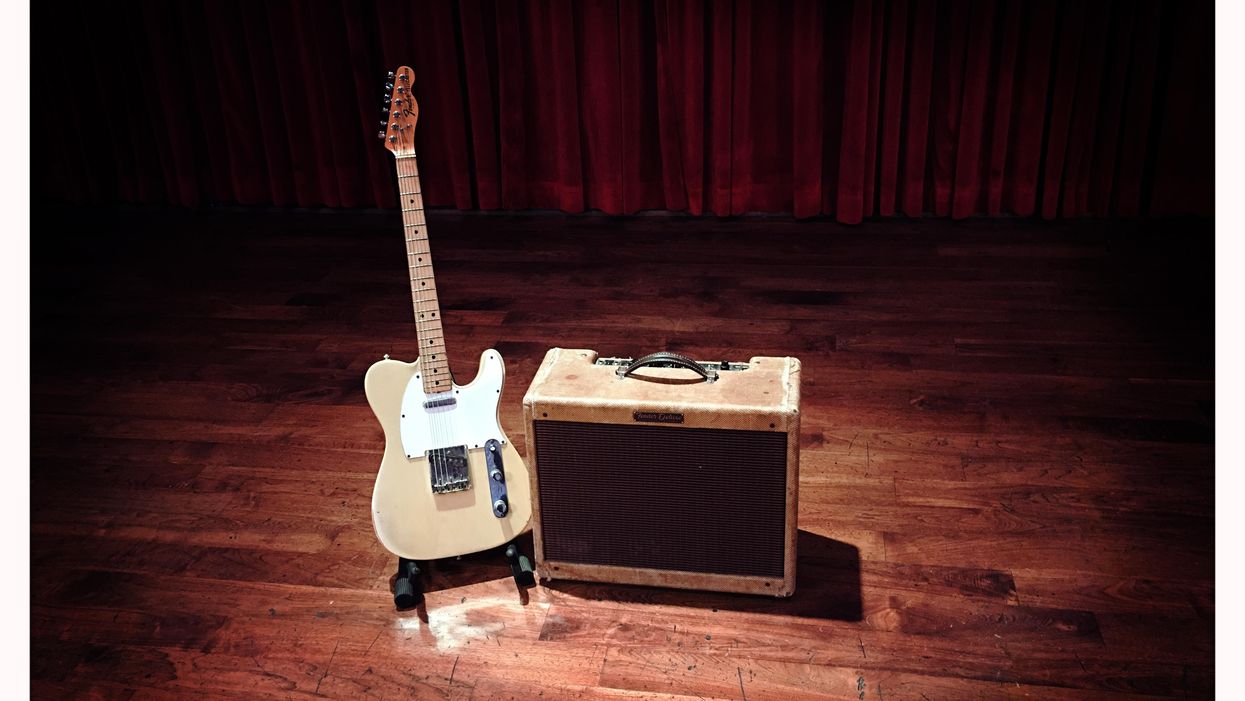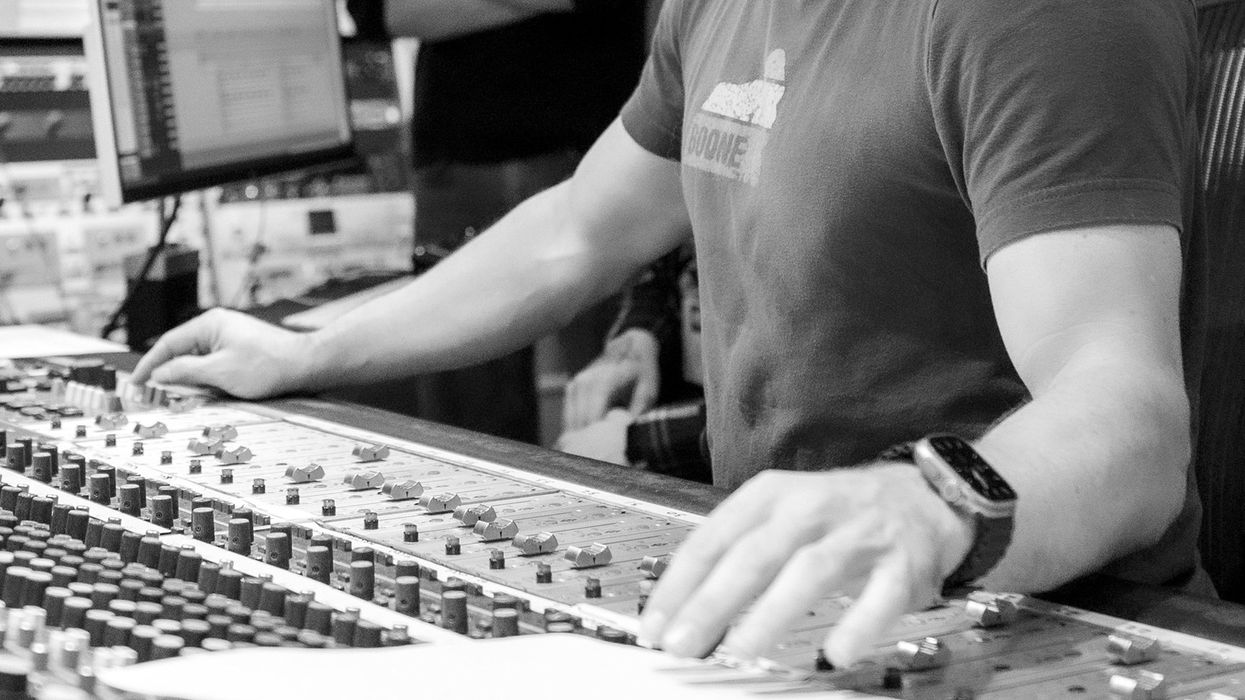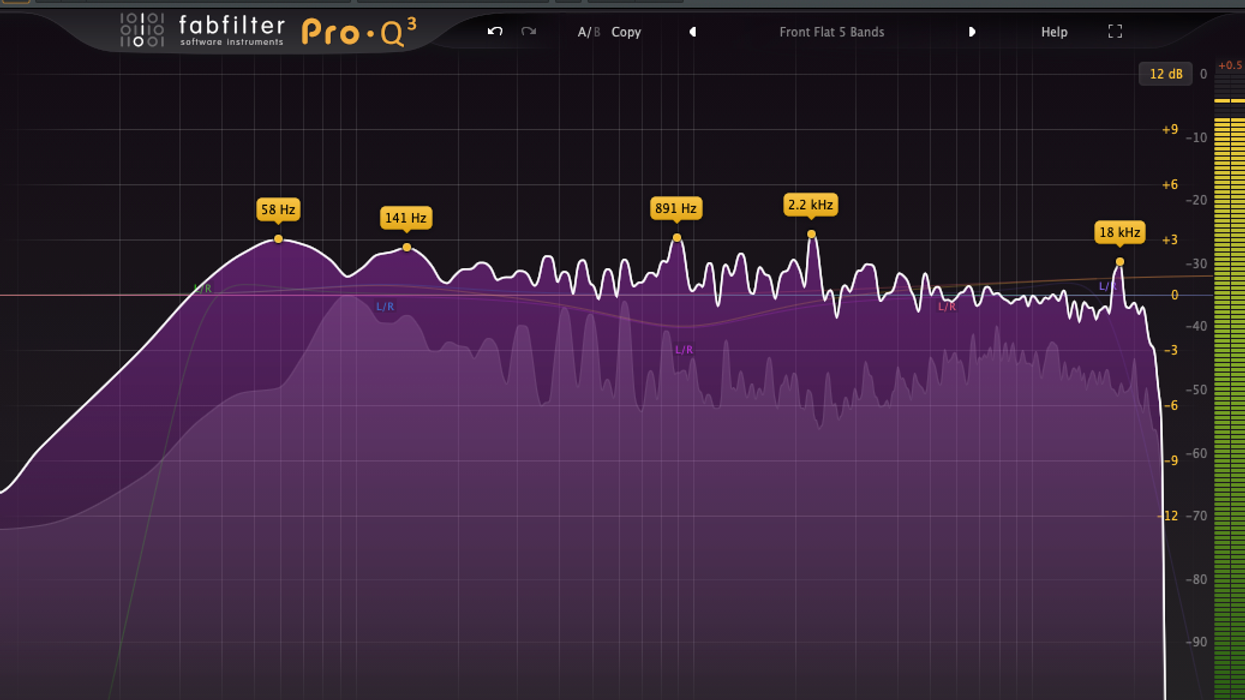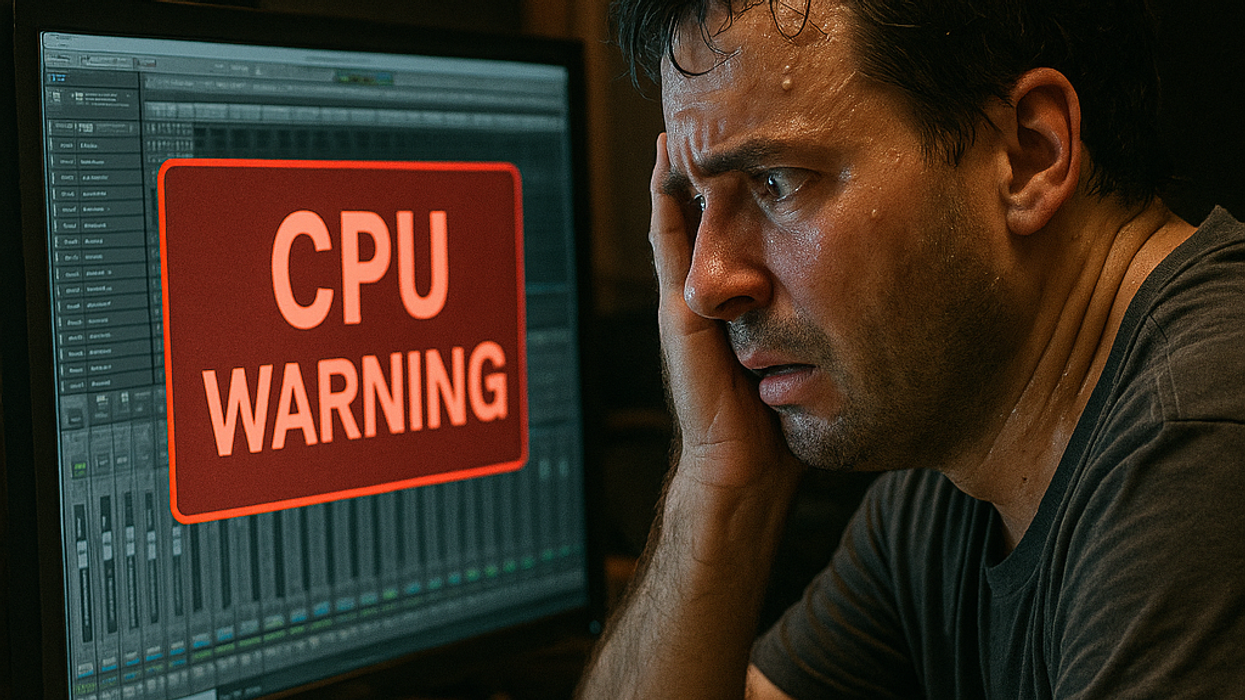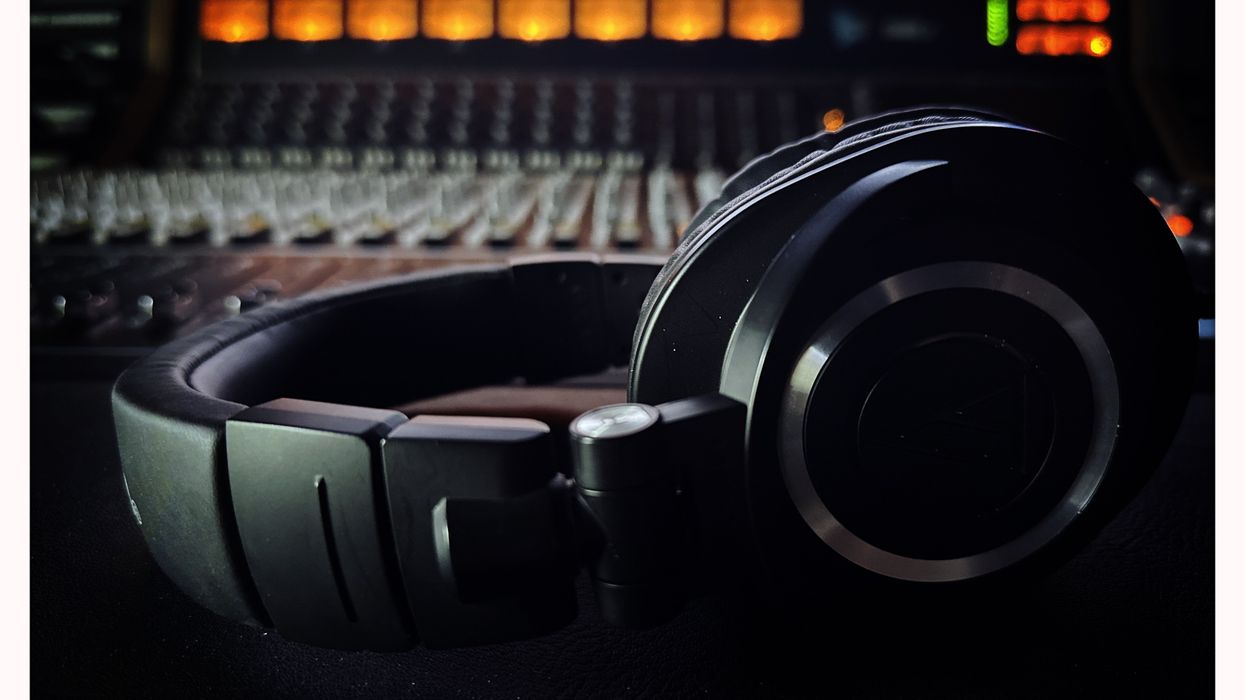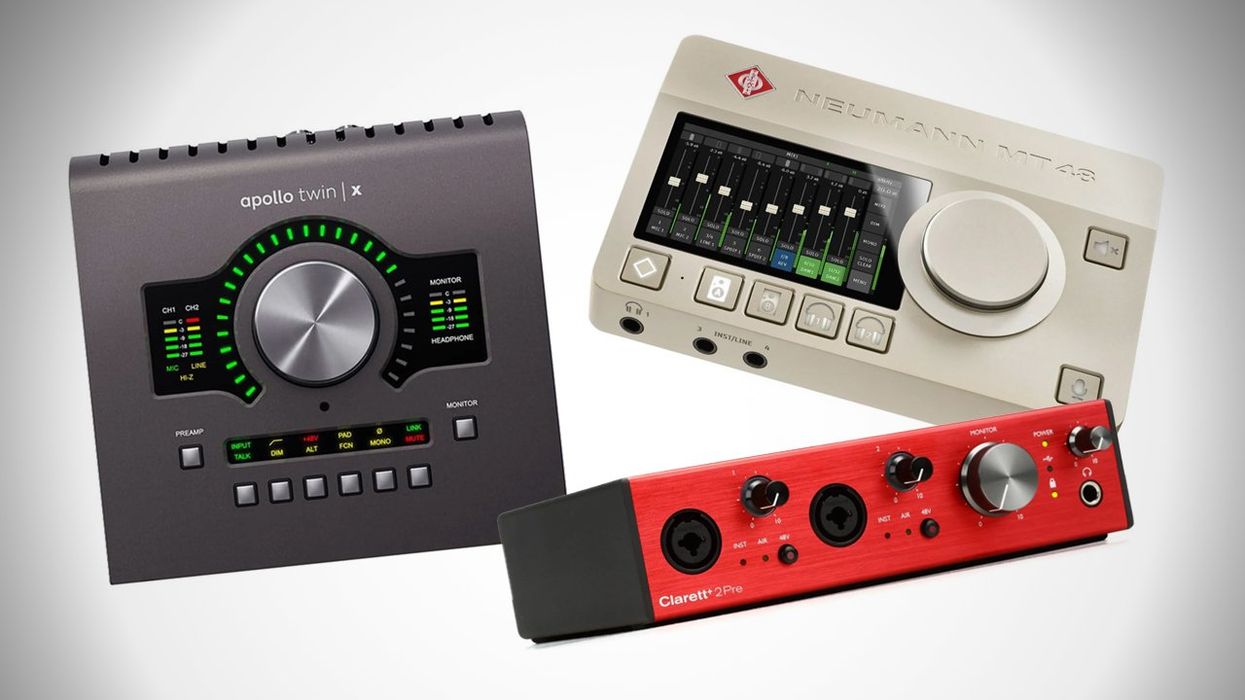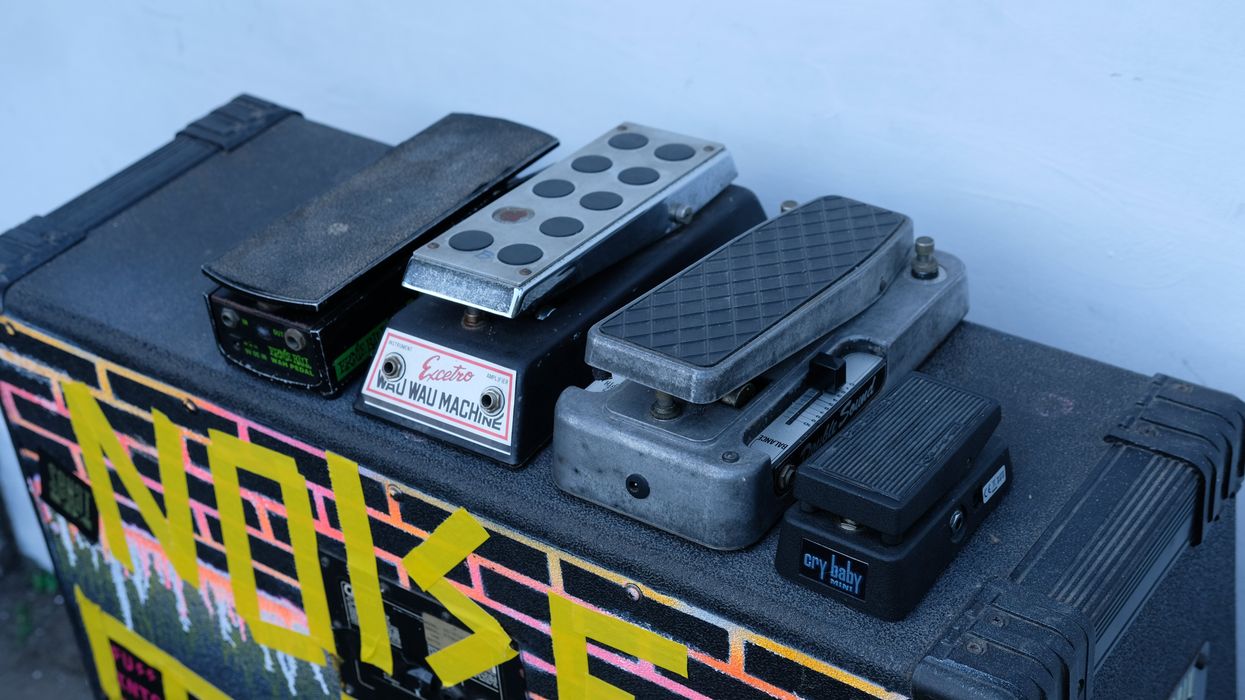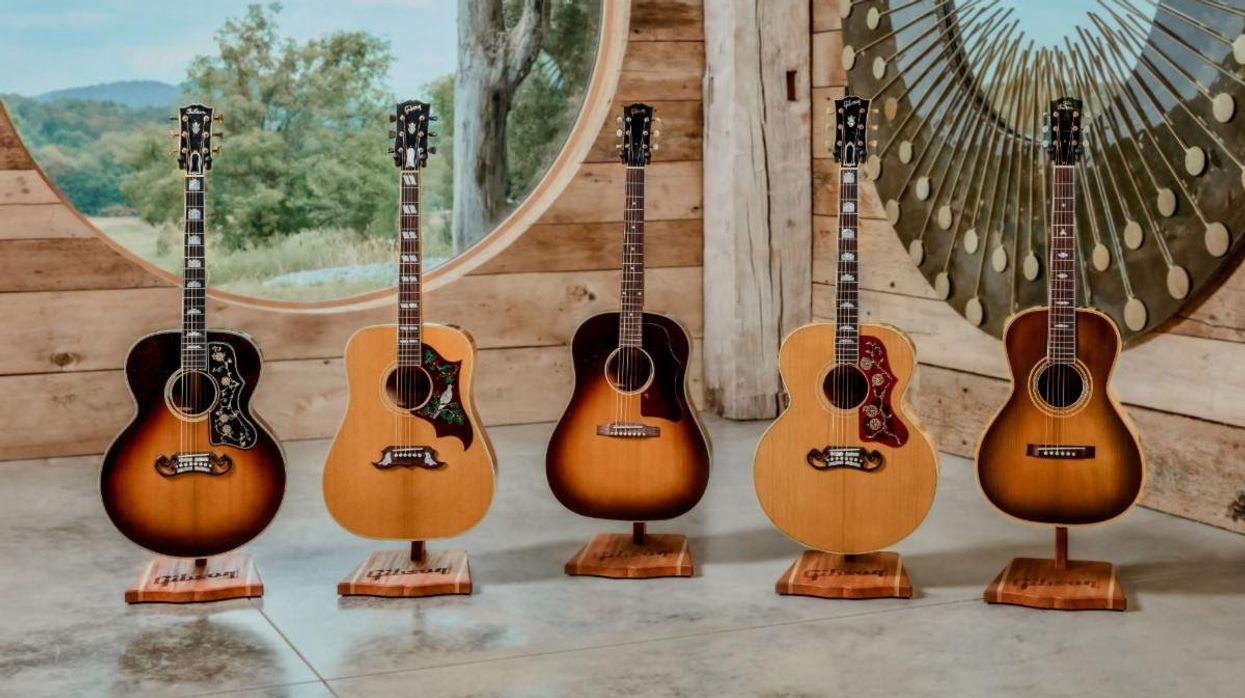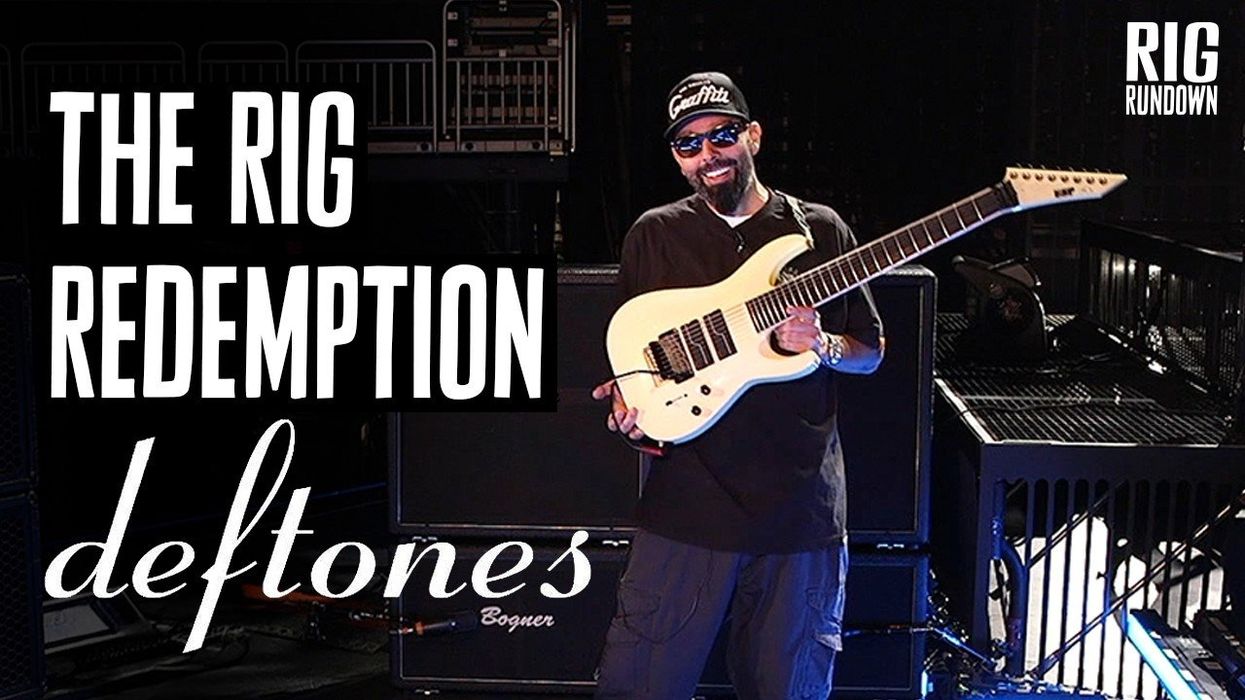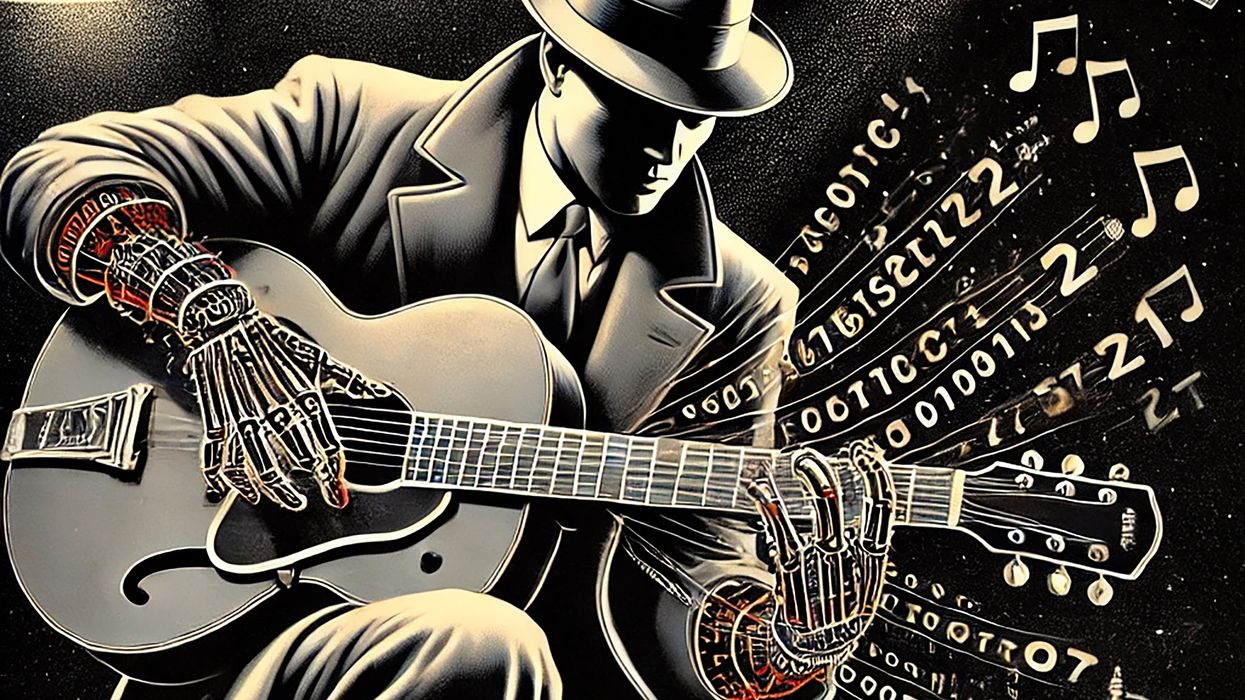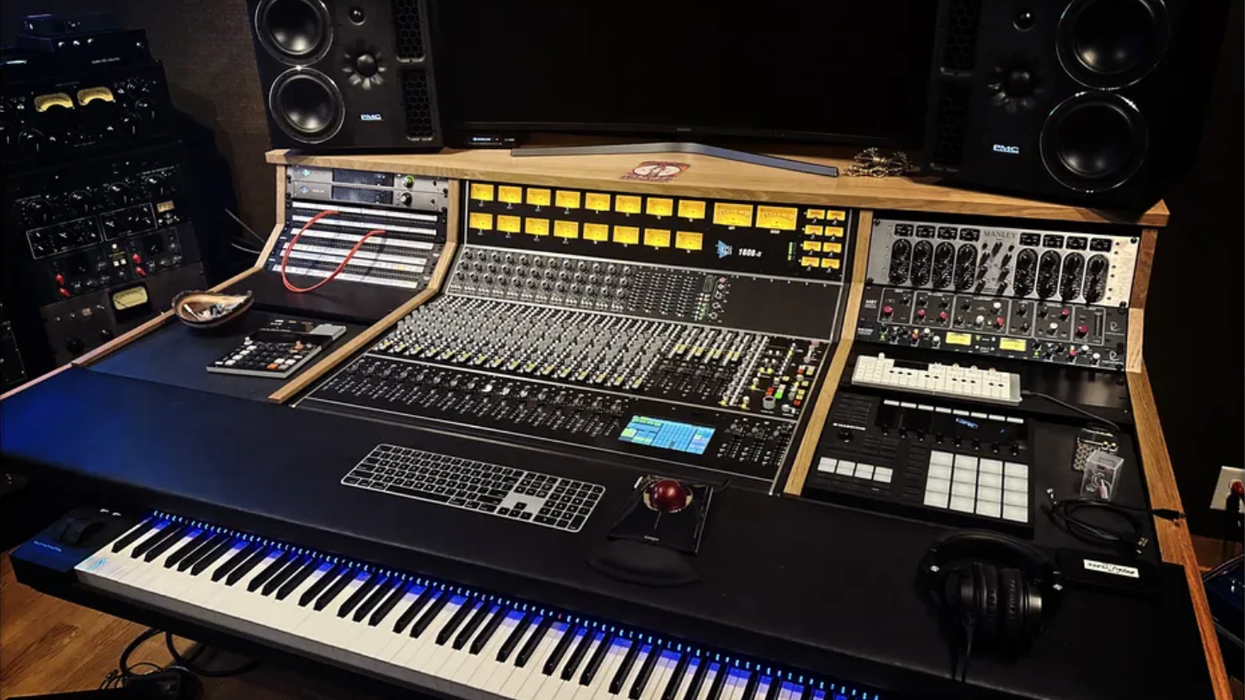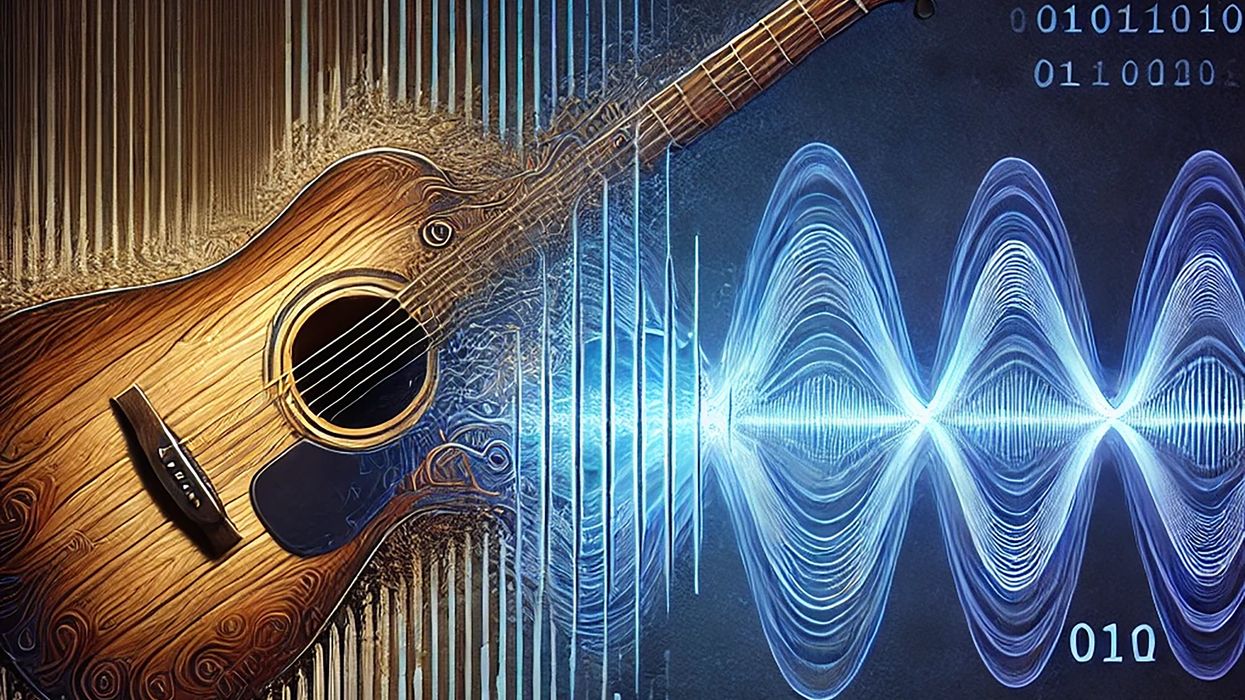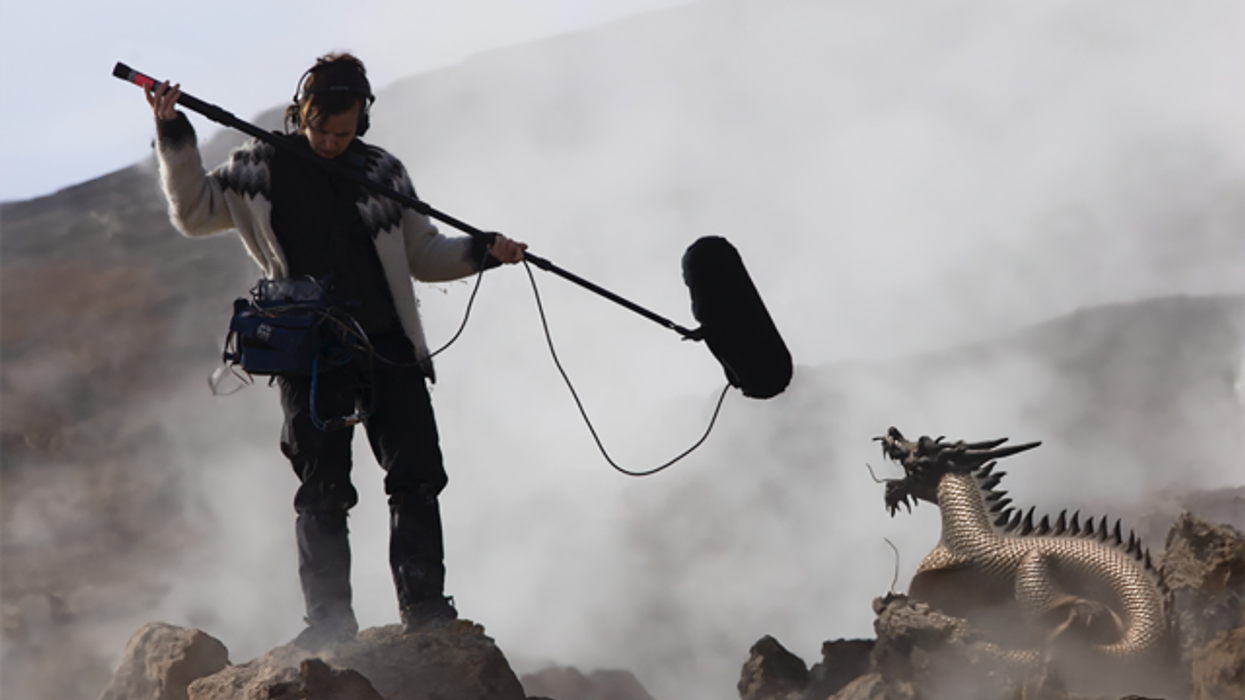Welcome to another Dojo. This month focuses on "area mic" (aka "room mic") techniques. It's a creative way to add reverb to your recordings that's different from using a plug-in, outboard gear, or a reverb pedal. Unlike recording your instrument with close mic techniques (using one or two mics), this time we are going to focus on how to record your guitar sounds in a particular space au naturel, with a mic or mics at a distance from your amp.
Capturing a particular area—like your band room, bathroom, hallway, stairwell, garage, etc.—can play a huge part in making your guitar sound larger, because you are capturing the space's inherent reverberant qualities. It can also give you a chance to add some extra effects to your core sound, as I'll discuss below. There's something really exciting and fun about setting up a mic in a physical space away from your guitar or amp and blending it in with your main guitar tone (or, in some cases, using it solely). Use your imagination and experiment with this. Okay … the dojo is now open. Let's begin.
Start with your head.
Wherever you are in your room, place a mic at ear level and use that as a new opportunity to add space and depth. You'll want to wear headphones for this (and really, for all the following examples), because we only want to capture your guitar and not the other tracks in your session. Any mic will work for this, but if you have a mic with varying polar patterns, like a large diaphragm condenser mic, start by setting the mic to omni first, then try figure 8, and lastly cardioid. Move it around until you like what you hear, then record it!
Hallways and stairwells are wonderful reverberant environments, and they can really add a sense of space while giving you a reasonably good signal-to-noise ratio.
Next, place your amp in the hallway or stairwell, if you're lucky enough to have one, and then work your way outward. Hallways and stairwells are wonderful reverberant environments and they can really add a sense of space while giving you a reasonably good signal-to-noise ratio. Remember, the further you move away from the source of your guitar sound, the more you will have to boost your input gain on your mic pre. At a certain point, you will be so far away that you'll really have to boost the signal to hear your guitar, and at that point, you'll have more noise than signal. A hallway or closely located stairwell is usually a happy medium and provides the best results. I've used "hallway" mics with great effect, and even captured happy accidents that I've left in the mix—like my Australian Shepherd barking during the end of a guitar solo.
Space is the place.
Another thing to try is recording in a reverberant space with your normal setup, and then adding an area mic in the room. This is what I like to do at Blackbird. I'll often take a guitar amp, or an acoustic, and record it in a large room. I will still close mike and then add an area mic to bring even more dimension, and then fade it in as needed. For electric guitar, try this: Place your amp in the largest room you have access to, close mike the amp (for tips on how to do this, watch my PG video "DIY: How to Mic Your Amp for Stellar Tone)," then add your area mic, and blend to taste.
Finally, you can also add processing to the area mic. This is where you can really let your imagination run wild. For example, try using distortion, delay, bit crusher, automated filter sweeps, and/or really squashing it with compression. One other thing to keep in mind is that you can automate the area mic track with all the parameters I mentioned above as well as volume and panning.
For some audio and visual demonstrations, where I do all of these suggestions, I humbly invite you to come by my website, bryanclarkmusic.com. Until next time, namaste.
